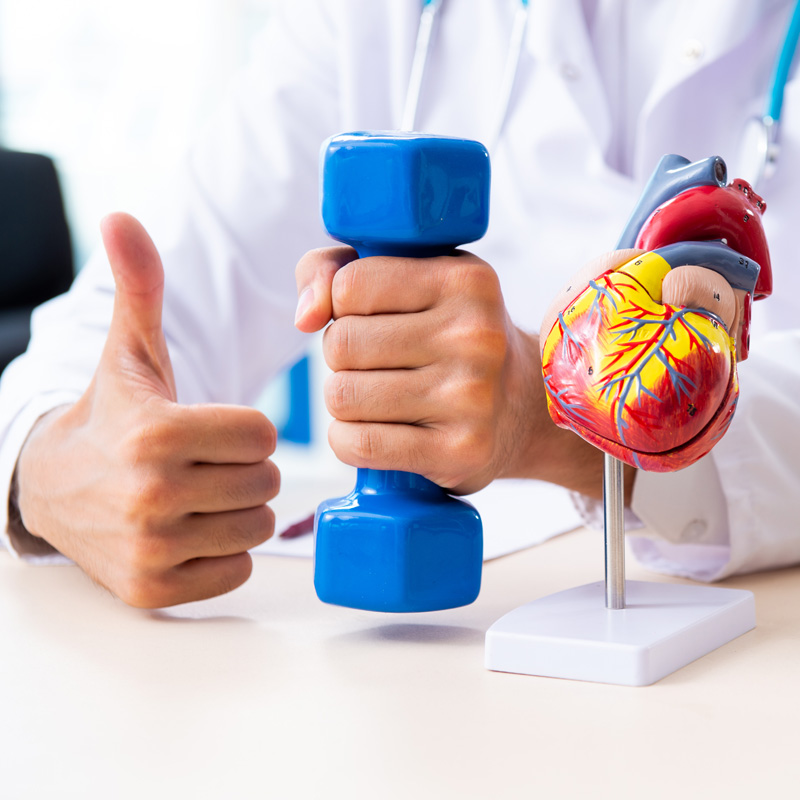Understanding Cardiac Rehabilitation
Cardiac rehabilitation is a customized outpatient program of exercise and education. This program is specifically designed to help the patient improve his health and aid in recovery from a heart attack, other forms of heart disease or surgery to treat heart disease.
During the cardiac rehabilitation program, a physical therapist will help you provide exercise training, emotional support while educating you about making certain lifestyle changes. The underlying goal of cardiac rehabilitation is to establish an individualized plan to help the patient regain his strength, reduce the risk of future health problems, prevent the condition from worsening, and improve the quality of life.
When is Cardiac Rehabilitation Program Suggested?
A cardiac rehabilitation program may be suggested to people suffering from heart disease, in particular, if your medical history includes one of the following conditions, you could benefit from this program.
- Angioplasty and stents
- Heart attack
- Heart failure
- Coronary artery disease
- Cardiomyopathy
- Peripheral artery disease
- Heart or lung transplant
- Certain congenital heart diseases
- Chest pain
- Coronary artery bypass surgery
- Pulmonary hypertension
- Heart valve repair or replacement
Studies have found that cardiac rehabilitation helps women, men, people of all ages, and people living with mild and moderate to severe heart problems.

What to Expect from Cardiac Rehabilitation Program?
The cardiac rehabilitation program often span over a period of three months with two or three sessions per week. This program is often a combination of:
PCHHC Cardiac Rehabilitation Program

Our cardiac rehabilitation program is a conditioning program which assists the cardiac patient and family with the transition from the hospital to the home.
It enables the homebound patient to continue the rehabilitation started in the hospital. In conjunction with their physician, our physical and occupational therapists recommends various activities to increase the patient’s strength, save their energy, relieve their anxiety, and enable them to do more for themselves. When ready, the patient will be referred to outpatient cardiac rehabilitation with the doctor’s approval.
The objectives of the program are to:
- Evaluate patient safety, home assessment, need for assistive devices (walkers, handrails, etc)
- Guide the patient to increase activity
- Reinforce patient awareness of Target Heart Rate (THR), instruction in the body mechanics and energy conservation techniques
- Instruct in relaxation techniques and mental imagery
- Facilitate full participation in Activities of Daily Living (ADL)
- Teach low intensity aerobic and anaerobic exercise in both supine and sitting positions
- Provide a bridge for a continuum of care after the inpatient stay and while awaiting outpatient Cardiac Rehab
- Social Worker to assist with anxiety
- PT to do specific cardiac rehab exercises as approved by your MD
